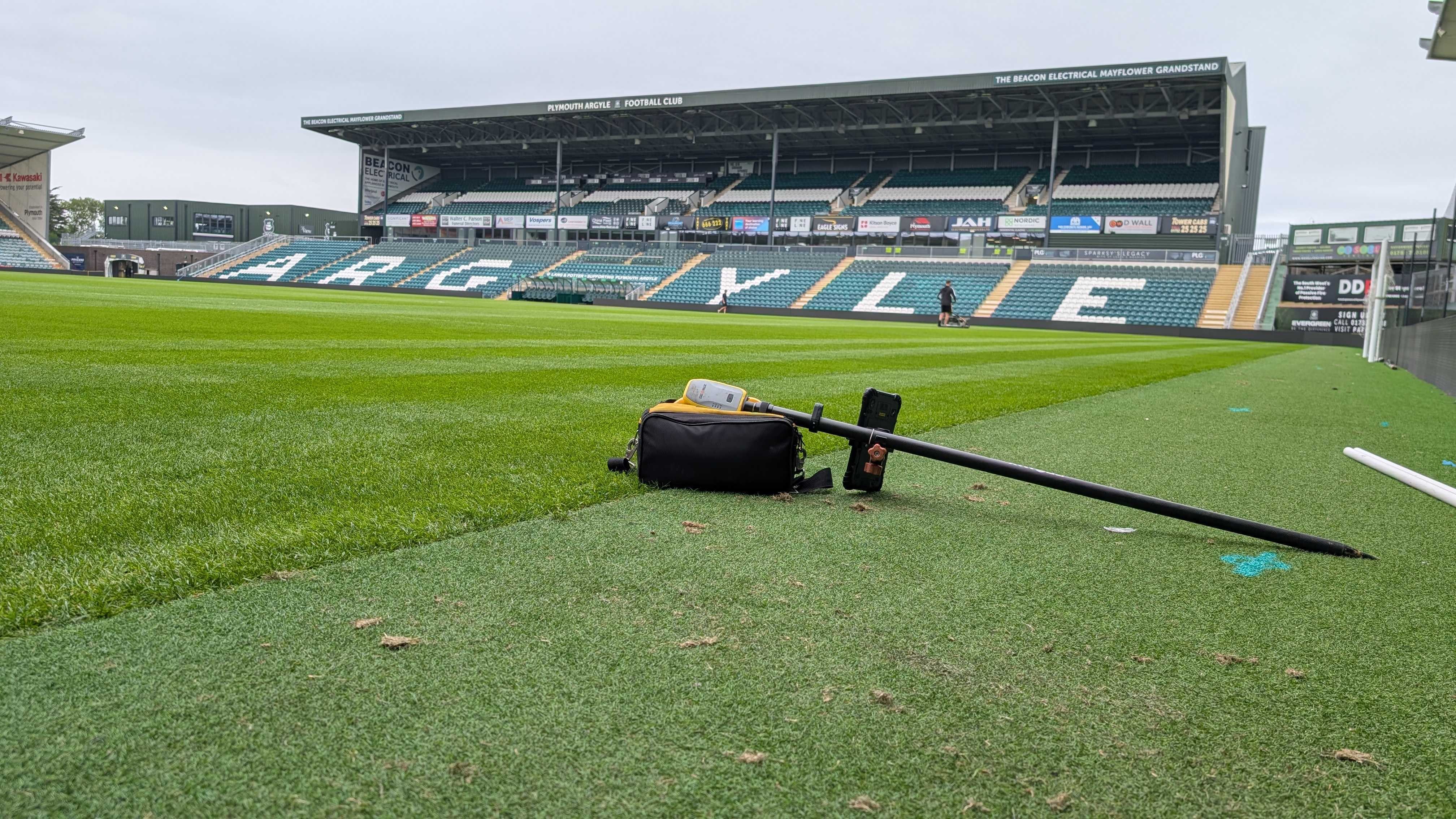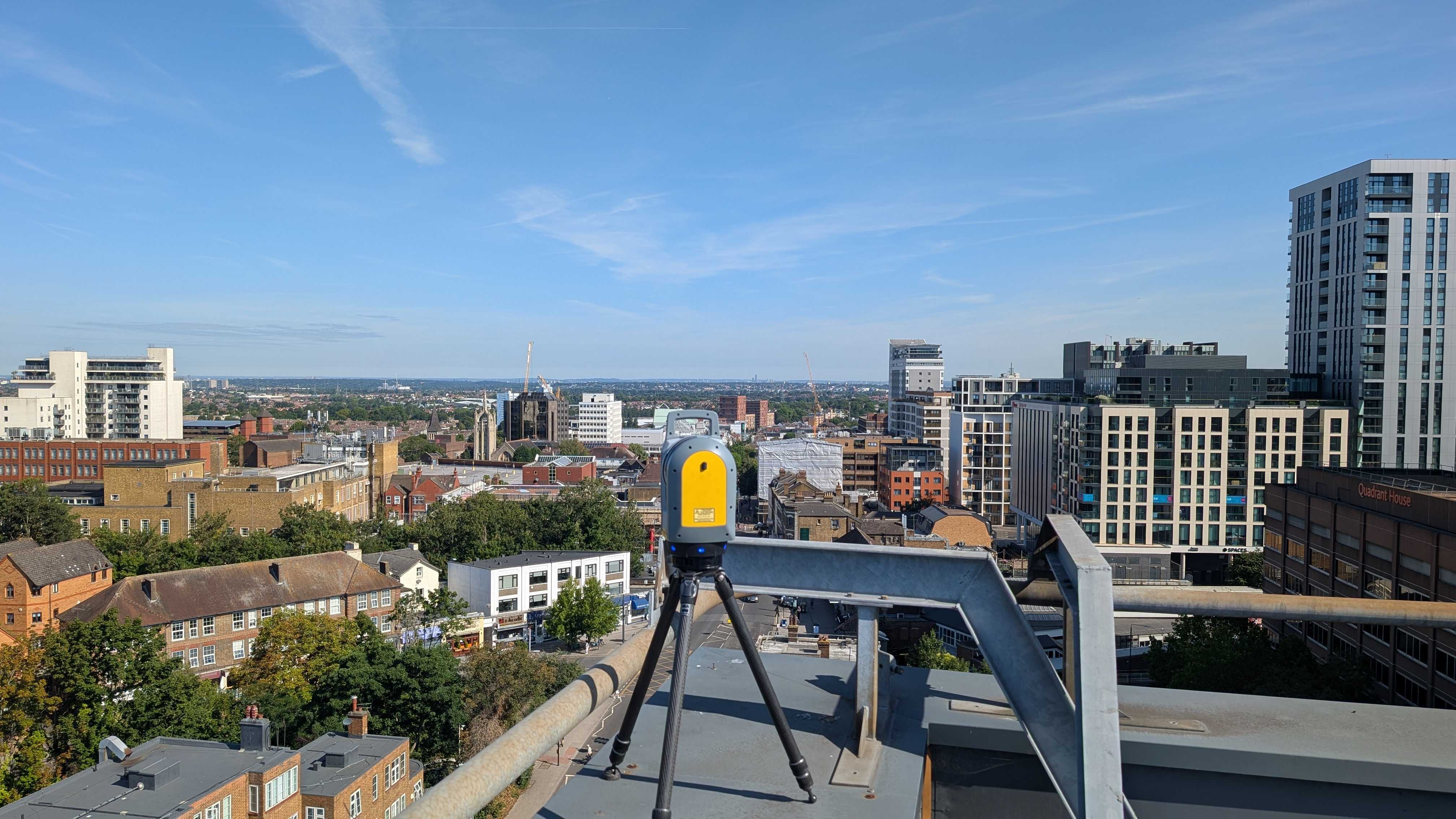The deterioration of tunnels can cause a lack of structural integrity and safety, which when left, can cause major disruption to your project.
Tunnel deterioration can impact your project at various stages, depending on the severity of the degradation and the specific characteristics of the tunnel.
Underground inspection services, such as ground penetrating radar (GPR) can be used for the assessment of tunnel linings, which can detect anomalies and ensure longevity of these materials, helping you to avoid impact to your project.
When a tunnel deteriorates, the damage caused to your project can be catastrophic, from structural integrity compromises to financial implications.
So, what is causing the tunnel to deteriorate and cause risk?
Environmental Forces
Tunnels, exposed to the elements, contend with the relentless impact of weather and environmental conditions.
Wear and Tear from Usage
Tunnels bear the constant burden of vehicular and pedestrian traffic. The perpetual vibrations, dynamic loads, and mechanical stresses incurred during daily usage contribute to wear and tear.
Geotechnical Challenges
Settlement, subsidence, ground shifts, and geological changes can exert additional pressures on tunnel structures.
Underground Inspection Services: When You Need Assistance
When working with a tunnel on your project, it’s important to look out for crucial signs of deterioration.
Surface cracks varying in size and orientation serve as visible signs foretelling structural stress.
Also, the infiltration of water, evident through staining and moisture, accelerates deterioration, as does the presence of rust on metallic components.
If a survey isn’t conducted, there are many risks to your project:
During Construction: If tunnel deterioration occurs during the construction phase, it can lead to immediate safety hazards for workers and may disrupt the construction process. Issues such as unstable tunnel walls, structural weaknesses, or unexpected voids can pose serious risks.
Post-Construction Phase: Even after the completion of a tunnel construction project, deterioration can set in overtime due to environmental factors, usage, and other influences. This ongoing deterioration may necessitate maintenance, repairs, or even retrofitting to ensure the continued safety and functionality of the tunnel.
In Existing Tunnels: For tunnels already in operation, deterioration can become apparent during routine inspections. This is particularly critical for tunnels that have been in service for an extended period.
Financial Implications: Tunnel deterioration can have financial implications at any stage of a construction project. Unexpected repairs and safety upgrades can lead to increased project costs, impacting budgets and timelines.
Long-Term Planning: Tunnel deterioration can influence long-term planning for urban development and transportation systems. If not proactively addressed, it may limit the lifespan of the tunnel, necessitate premature replacements, or result in the need for extensive rehabilitation projects.
Ground Penetrating Radar (GPR): Utilising GPR Surveys As Underground Inspection Services
Ground Penetrating Radar (GPR) testing stands as a widely employed non-destructive evaluation technique, adept at identifying subsurface structural elements and anomalies within a tunnel.
There are two primary types of GPR systems: air coupled and ground coupled. Air-coupled systems, with antennas positioned above the structure's surface, offer rapid scanning capabilities, often mounted on vehicles for efficient assessments. On the other hand, ground-coupled systems require antennas to maintain contact with the surface during data collection.
Swift and accurate detection of defects, identification of subsurface elements, and creation of detailed condition maps empower professionals to intervene proactively, preventing disaster on your project. The non-destructive nature of GPR preserves the integrity of the tunnel during assessments, minimising disruptions to operations.
Make sure to get in touch with Intersect Surveys to discuss your concerns surrounding tunnel deterioration, and how a GPR survey can benefit you.
By speaking with one of our experts, you can learn more about underground inspection services, and ask any questions you feel are still unanswered.
What Is Ground Penetrating Radar (GPR) And How Does It Contribute To Tunnel Inspections?
GPR is a non-destructive evaluation technique that utilises electromagnetic wave pulses to detect subsurface structural elements and anomalies within tunnels. By sending pulses into a structure and capturing reflections from layer interfaces, GPR creates detailed condition maps and images of the subsurface structure.
How Do Air-Coupled And Ground-Coupled GPR Systems Differ In Tunnel Assessments
Air-coupled GPR systems, positioned above the tunnel surface, offer swift scanning capabilities and are mounted on vehicles for efficient evaluations. They excel in locating defects within 1 ft of their actual locations, serving as effective scanning tools.
What Are The Signs And Symptoms Of Tunnel Deterioration, And How Does GPR Address These Issues?
Signs of tunnel deterioration include surface cracks, water infiltration, changes in geometry, material breakdown, and unusual sounds or vibrations.
How Does GPR Contribute To Cost-Effective Maintenance Planning For Tunnels?
GPR facilitates cost-effective maintenance planning by providing early and accurate insights into the condition of tunnel infrastructure. Proactive strategies can be developed based on the high-resolution data generated by GPR, helping mitigate potential risks, reduce repair expenses, and uphold the longevity and safety of tunnels.
Can GPR Detect Defects Beneath The Surface Accurately, And What Is Its Role In Long-Term Infrastructure Planning?
Yes, GPR can accurately detect defects beneath the surface, with air-coupled systems locating defects within 1 ft of their actual locations. Ground-coupled systems, while slower, can determine the depth of a defect within 10 percent accuracy.








